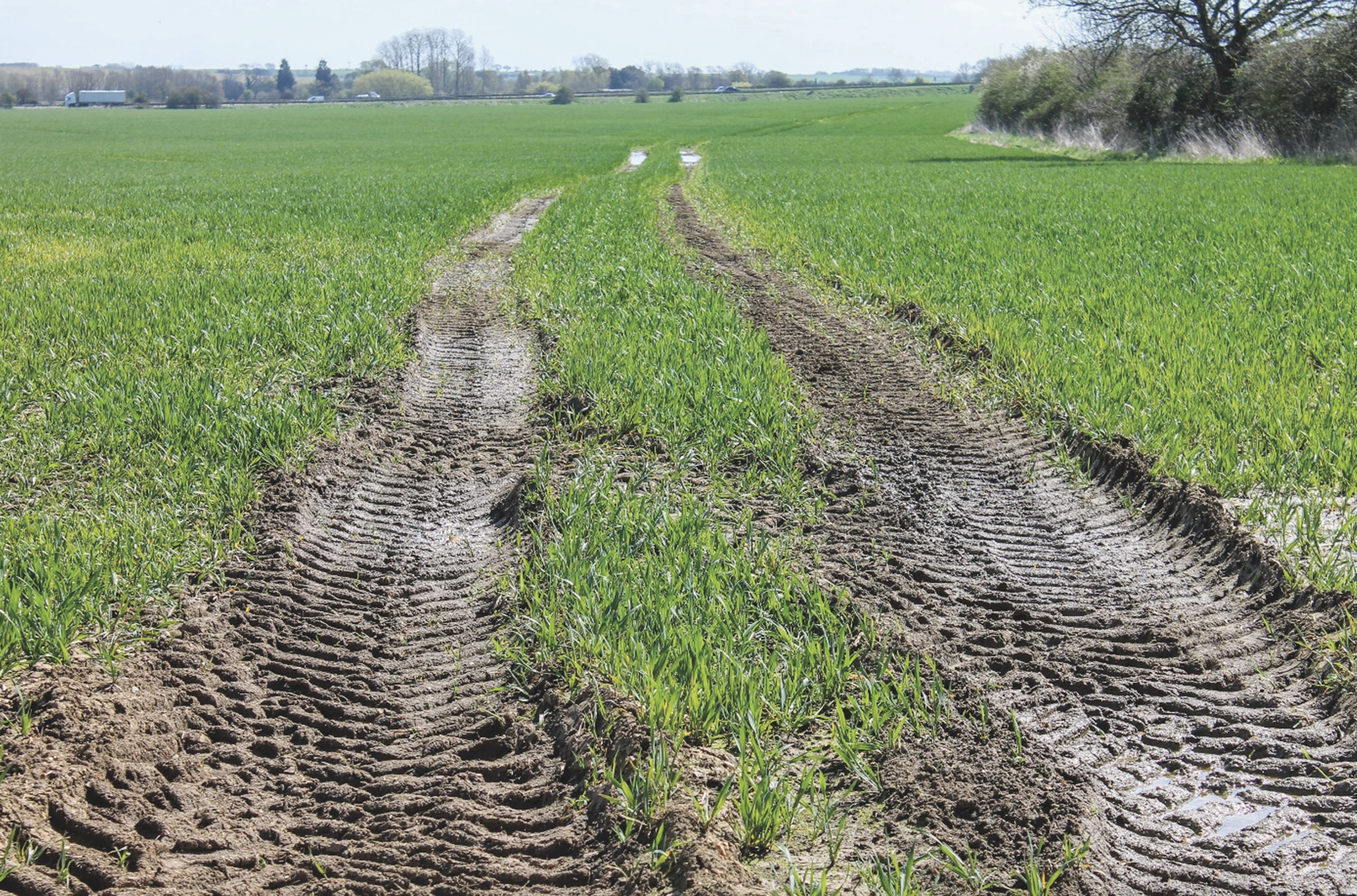Wet soil – harvest damage avoidance and rectification
8th November 2021
For some crops, like maize, sugar beet and field brassica, the risk of wet soil at harvest and the resultant damage is ever present… But should we accept the risk and resign ourselves to rectifying as required, or think about building resilience into soils to better cope with the risk? Hutchinsons technical manager Dick Neale discusses.

Regardless of what many of us have been taught over the years regarding moving soil to input air, passage water or encourage root penetration, there is no doubt that understanding how soil functions naturally, significantly questions the wisdom of what we thought we knew. Understanding the wider impacts of our actions allows us to address late harvest issues in more than a reactionary cultivation.
The issues to address:
• Potentially wet soil conditions with later harvested crops
• Heavy machinery in harvesters and trailers on those wet soils
• Rutting and severe surface compaction ahead of following crop
• Poor drying conditions later in the year.
Later harvesting is the key challenge
We have limited options for changing the harvest timing of these crops, so later harvesting in potentially wetter periods remains the key challenge.
Harvest output and logistics means the use of large capacity harvesters and trailers will continue. However, field discipline is a key factor that can be influenced – dedicated trailer runs using previous tramlines is an obvious need over random shortest distance trailer field entry and exit, along with use of appropriate low ground pressure tyres, tracks, and offset axles etc.
That said, it remains the case that the biggest impact we can have is in building soil resilience to operations we know are at high risk of being applied in wetter conditions.
This is where we deviate the most from the perceived norms or needs of soil cultivation.
Deeply cultivated soils have had any natural structural strength removed from them. This places them at high risk of structural damage from heavy machinery at any time, but particularly in these late harvested crops. The answer to that is maintaining natural structural integrity whenever possible.
Water management in de-structured soils is compromised, they dry faster and wet up quicker. When wet, they are unable to support machinery weight, air content is compromised, and further water movement is halted once damaged.
Ploughing down wet, damaged soil merely hides the fact that we have wet, damaged soil. Ploughing up dryer soils may allow crop establishment, but the roots will reach the cold, wet, anaerobic layer ploughed down sooner or later, and it remains a weak link in soil structural strength.
Planning ahead for later harvested crops
Planning ahead is vital so that soil strength and resilience is maintained.
Disrupting soils to the minimum depth required is of paramount importance; this limits natural structure disruption and the potential for re-compaction. Maintaining aspects of natural soil structure like roots from previous crops, deep working worm populations, porosity and surface protection from residues or cover crops is a major step in building structural resilience in soil and is a key step in reducing risk for late harvested crops.
Many late harvested crops are row crops by nature, and this opens the door to utilising strip tillage techniques. In simple terms, this allows for deeper cultivation and seedbed preparation in the planted row but leaves the intervening areas of soil undisturbed. The undisturbed ridges carry the harvesting machinery far better than the disturbed strips allowing for better field access, reduced soil damage and improved water management late in the season.
However, it is never a simple overnight change that brings results. While strip tillage can work well and rapidly in light soils, in stronger soils a more planned and gradual transition
is required. Then, given the damage, cost and frustration late harvesting can bring, a change of approach is well worth consideration
